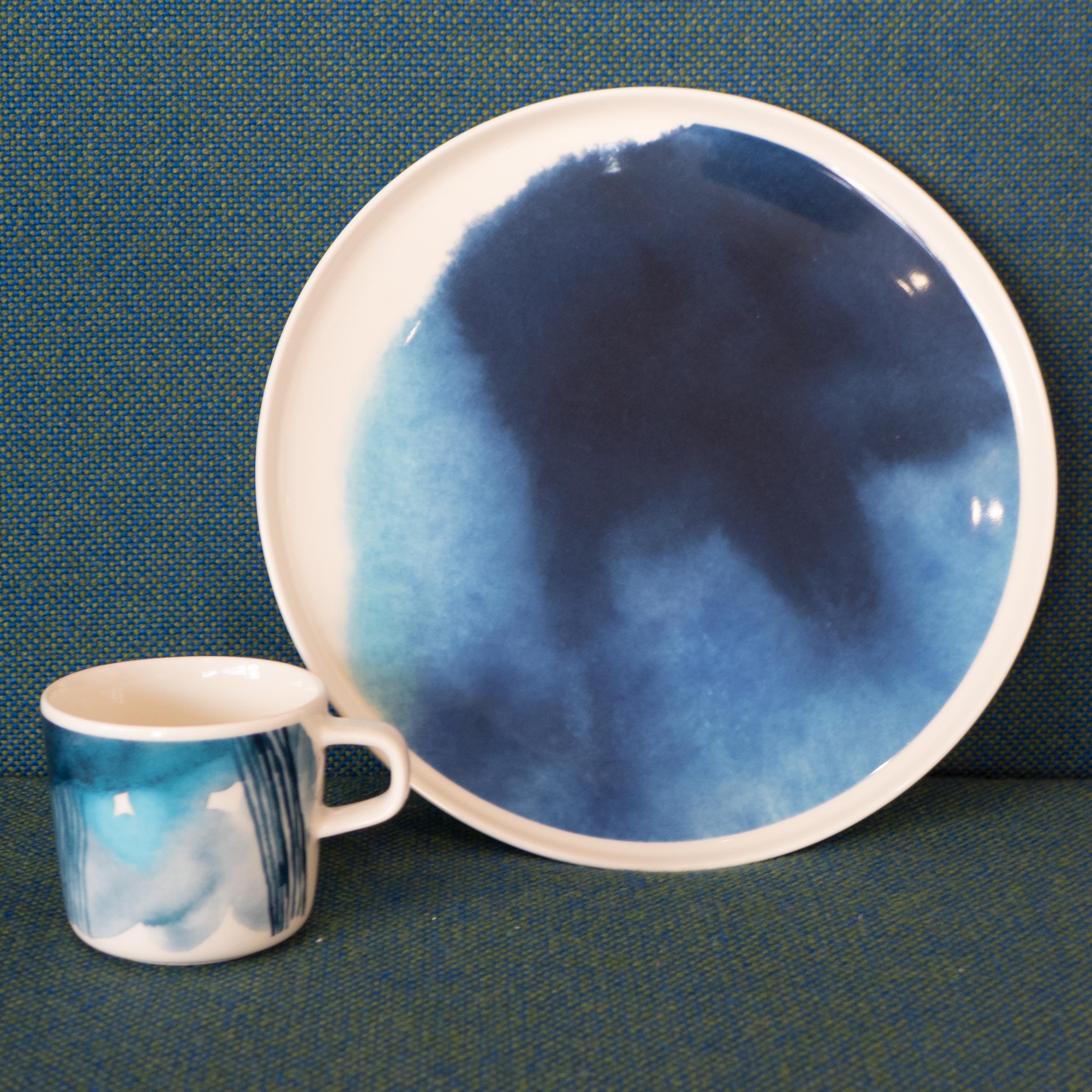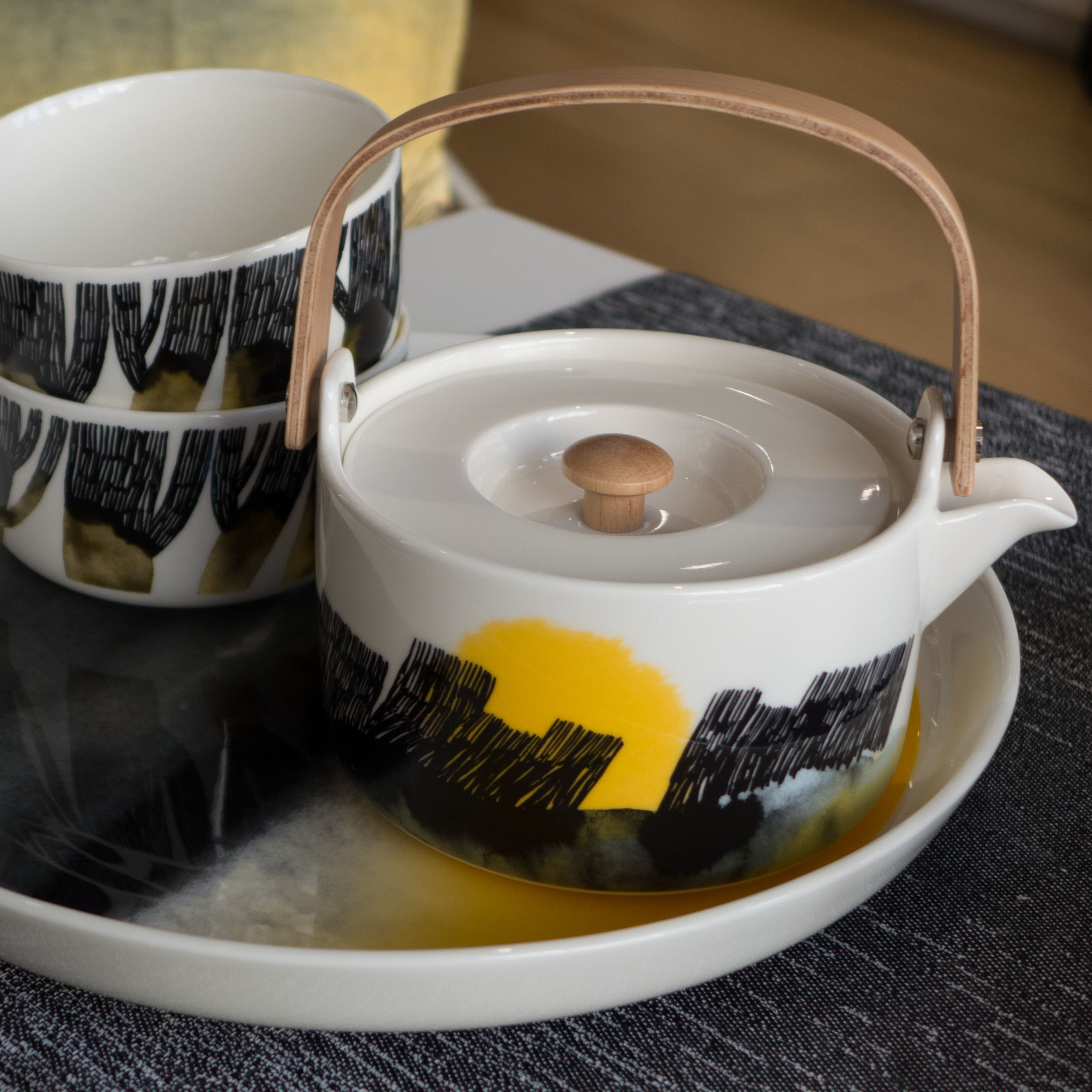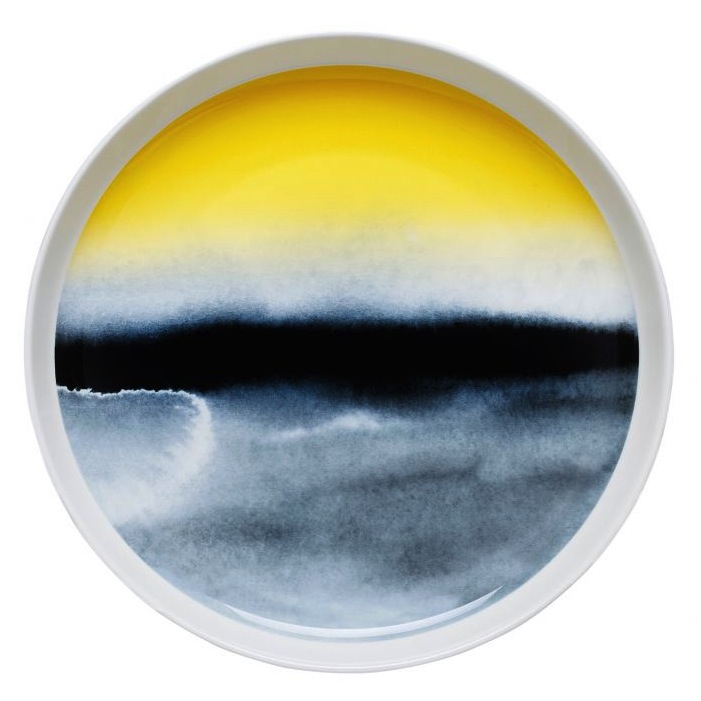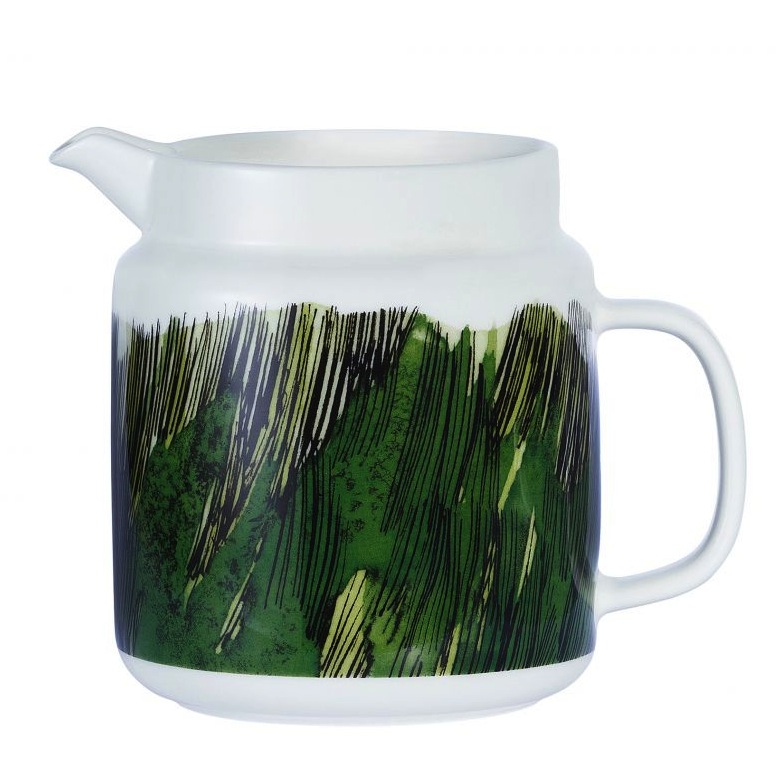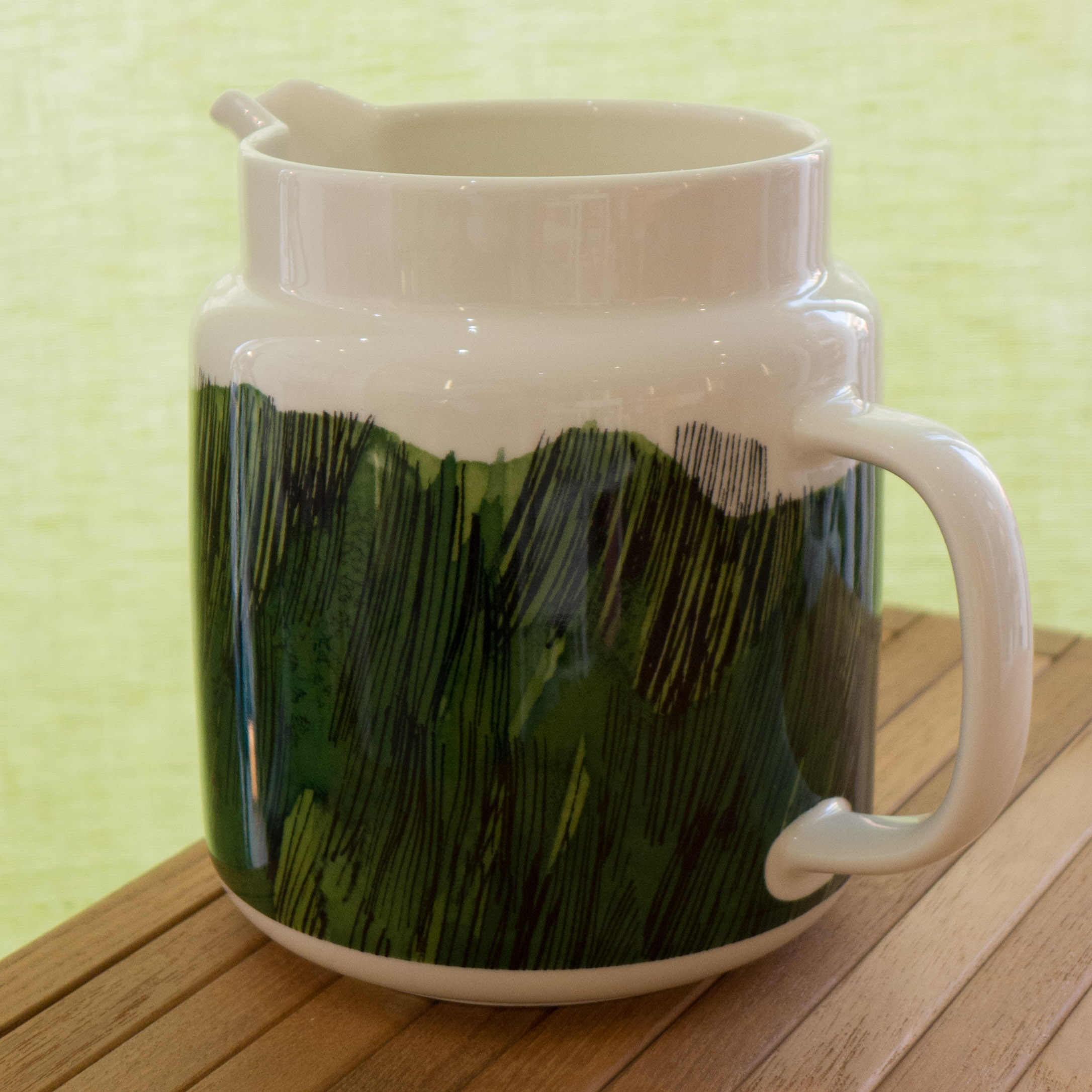linen
/Linen - the textile woven from the fibers of the flax plant - has been produced for thousands of years and over a vast area from India to Ireland. Fragments of fiber and seeds found in archaeological remains of lakeside settlements in what is now Switzerland have been dated to 8000 BC and dyed flax fibers found in Dzudzuana in Georgia are thought to be prehistoric and to date from 30,000 BC.
Flax or Linum usitatissimum - an annual plant that needs a relatively cool climate and steady precipitation - is now grown commercially over a wide area including Canada, Russia, India and China and not only for fiber but for fodder and for the seeds that produce oil. High-quality flax for textiles is still grown in northern France and Belgium although commercial production in Sweden ceased in the middle of the 20th century.
The plants grow to just over a metre high but fibers, taken from the stem of the plant, vary in length. They are stronger than cotton fibers but not as flexible which is one of the reasons that when the fabric is crushed it tends to crease rather than spring back to shape. Fibers vary in coarseness ... the finest can be used for the finest handkerchiefs (and bank notes) and the coarsest are used for twine and rope.
The crop is either cut, rather like mowing hay, or is pulled up by the root, to get the maximum length of fiber, and the stems are then dried and the seeds removed by threshing. The flax is then retted - either left on the ground for up to two months when alternating rain, that softens the cut stems, and wind, that dries the crop, causes the fibers to separate from the straw - or the flax can be soaked in tanks or ponds which is faster but reduces the quality of the fibers. After retting, the straw can be broken into small bits, while the long fibers survive intact, and can be separated by “scutching” and “heckling”.
Once these fibers are spun and then woven, linen fabric is durable, strong (one of the few textiles that is stronger wet than dry) and is cool to the touch, tactile, resistant to moths and does not shrink or pill like wool. The natural colours of linen - from ivory through stone colours to tan and grey - are beautiful but the fabric can also be dyed or printed, much as cotton is, and the weave can be anything from the finest lawn to heavy-weight fabrics for suiting.
Linen can also be woven with cotton or cashmere to create blended fabrics with new qualities and Marimekko have been experimenting with washing their fabrics to produce much softer linens, or do I mean less crisp linens, for some products.
There is an extremely good film on Vimeo that follows the process through from growing the flax to producing textiles and although it is quite long, for a web film, it is worth watching as it shows just why linen is so amazing.
The film shows yet again that good design needs obsession, commitment, passion and above all expertise ... and maybe needs a consumer who understands what they are buying and why.





